How To Paint A Background For A Still Ife
Nonetheless Life Techniques - Painting the Background and Foreground
This lesson illustrates a step by step procedure for painting the background and foreground of a withal life.
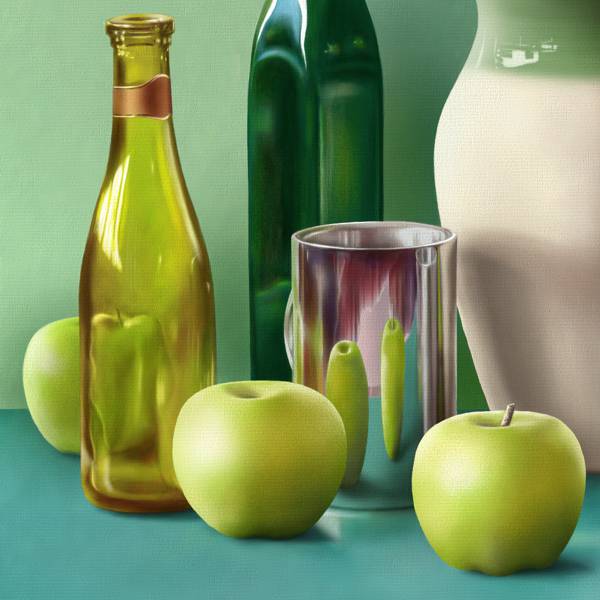
This step by pace lesson explains and illustrates the technique used to pigment the background and foreground in our Still Life Painting lesson. By following the illustrated stages beneath we lead yous through the key points of their painting technique from their apartment underpainting to their subtly shaded tones that concur the objects in a unified group.
Stride 1 - Paint the background and foreground showtime
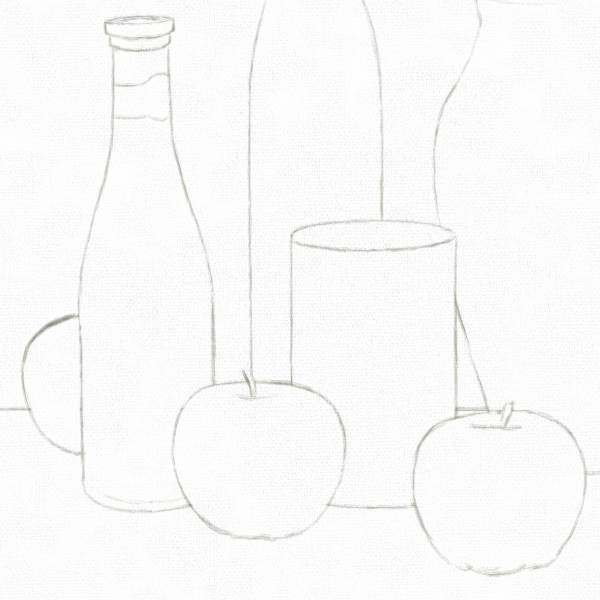
Once you accept finished drawing a still life, the background and foreground are usually the first things you lot should paint.
-
It is more than practical to paint the objects in gild from back to forepart, as it is technically easier to paint the border of whatever object over the preceding one.
Step 2 - Underpaint the background and foreground
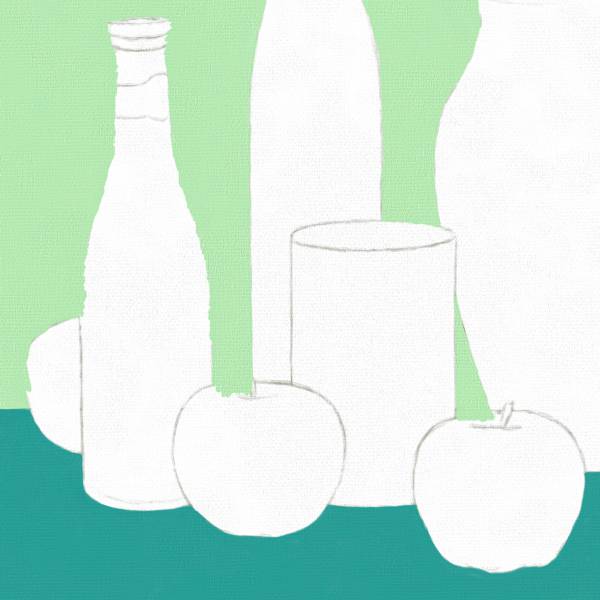
Start the groundwork and foreground by underpainting both with flat areas of color, taking intendance to slightly overlap the edges of all the adjacent still life objects.
Step 3 - Utilize the showtime layer of dark tones
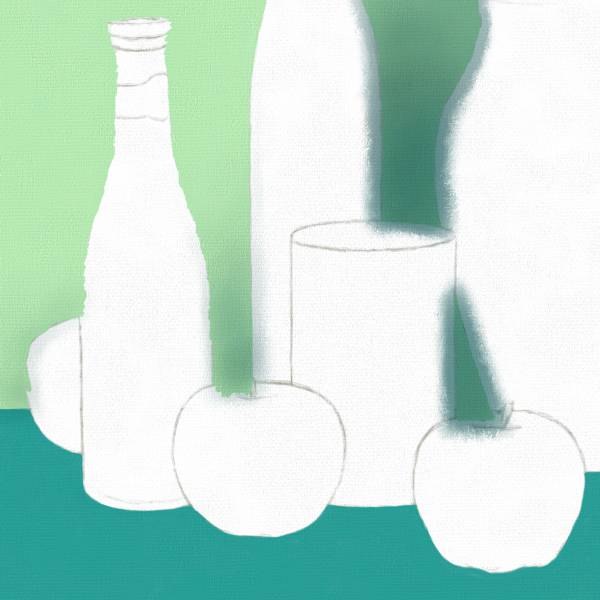
Apply the offset layer of dark tones to the groundwork using a thin coat of transparent color, stippled and blended with a soft sable castor.
-
Accept intendance to ensure that you overlap the edges of any underpainted color as y'all practice non wish to leave any gaps which could exist difficult to rectify at a subsequently stage.
Pace 4 - Build up the intensity of the tones
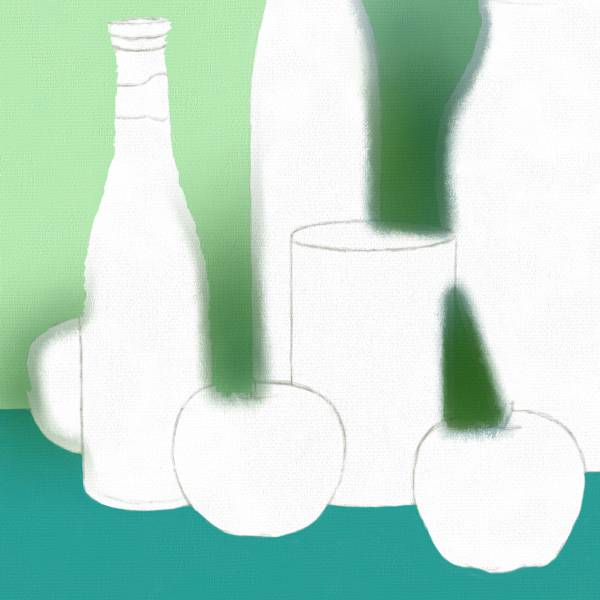
Build upward the intensity of the tone with some other sparse glaze glaze of color.
-
Utilize every bit many glazes of color every bit you need to reach the depth of tone you desire.
-
The translucent quality that y'all can accomplish by building up thin layers of transparent paint adds a vibrant depth to your tone and color.
Step 5 - Unify the tones of the groundwork
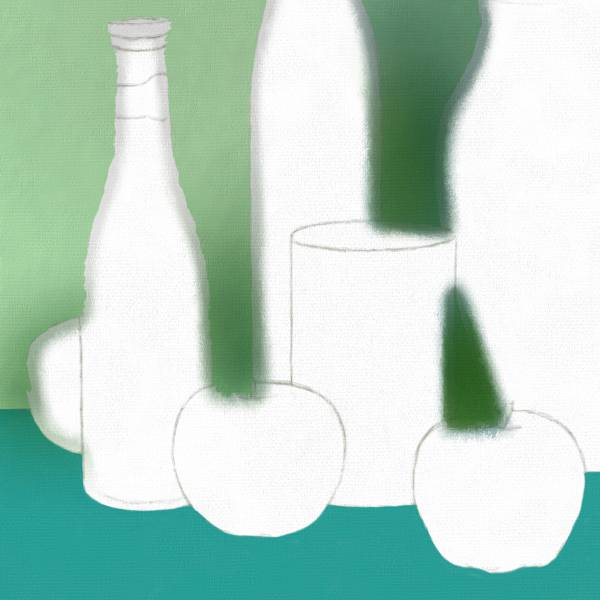
Unify the overall tone of the background with a final glaze of colour that helps to merge and balance both glazed and unglazed areas.
Step half dozen - Utilize a layer of tone to the foreground

Apply the kickoff layer of dark tone to the foreground using a thin transparent coat of colour, stippled and blended with a soft sable brush.
-
Take intendance to ensure that you overlap the edges of any underpainted colour.
Step 7 - Employ a white glaze for reflected lite
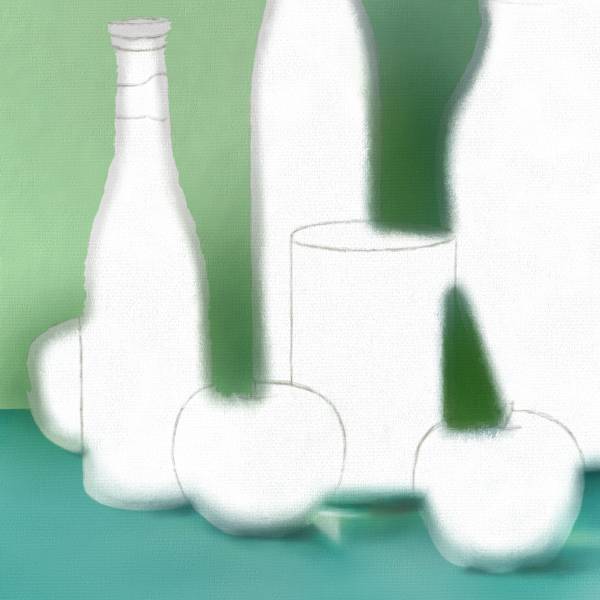
Transparent glazes of colour usually have the consequence of darkening tones. Sometimes you demand to lighten sure areas which require a thin glaze mixed with white for increased opacity.
-
The areas of reflected light in the foreground are painted by building upward thin glazes of white.
Step 8 - Unify the foreground
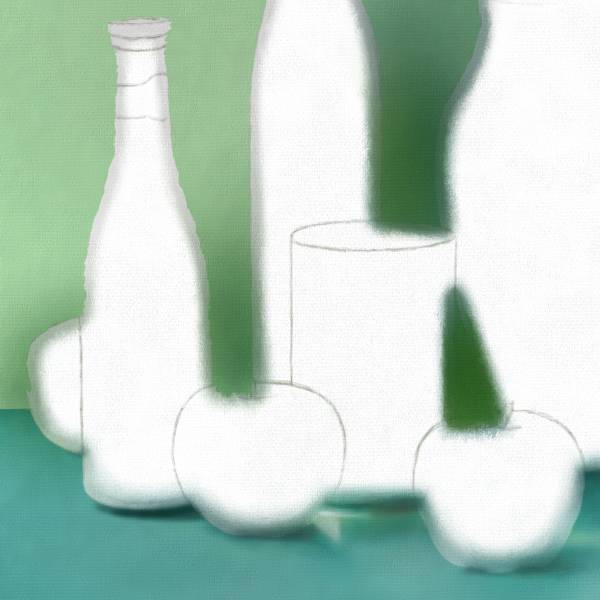
Unify the overall tone of the foreground with a final glaze of color that helps to merge and balance both glazed and unglazed areas.
Step 9 - The background and foreground in context

You can encounter how much more natural the background and foreground announced when seen in context with the other still life objects.
-
Learning to depict and paint is equally much virtually learning to trust what you see as it is about your technical ability to return it.
Next: Still Life Techniques - Painting Bottles
How To Paint A Background For A Still Ife,
Source: https://www.artyfactory.com/still-life/still-life-painting-the-background.html
Posted by: joneslessed.blogspot.com


0 Response to "How To Paint A Background For A Still Ife"
Post a Comment